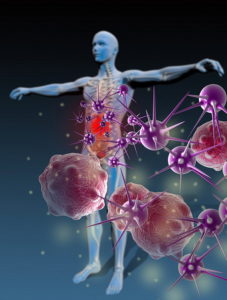Florida governor Rick Scott announced this past Friday, July 29th, that four cases of Zika cases in Florida came from local mosquitos. Three men and one woman have been infected with Zika virus all within a one-mile radius in Miami. This makes Florida the first state in the nation to have local transmission of the Zika virus, confirming health officials’ worst fears. The investigations in Miami identified significant numbers of mosquitoes that can spread Zika. Scott also said that everyone in the areas where Aedes aegypti mosquitoes are present, as well as pregnant women, should take steps to avoid mosquito bites.
Zika has been been rapidly spreading throughout the Caribbean and Latin America in the past few months affecting travel and tourism. The Centers for Disease Control and Prevention has warned pregnant women and women that are planning on becoming pregnant to avoid traveling to Zika affected areas including Puerto Rico. The CDC director Tom Frieden said on Friday that no warning has been currently issued for Miami. Frieden also stated that he is confident that Zika could follow the pattern of past mosquito-borne viruses such as West Nile, dengue fever, and chikungunya. Public Health England, however, has advised pregnant women to avoid non-essential trips to the state of Florida. Researchers are currently working on a vaccine for Zika and are also learning more about its long-term effects.
If you are currently in Miami there are steps you can take if you wish to avoid Zika and lower your risk of contracting the virus. If you are pregnant and living in Miami you can see your OBGYN for advice. At home and outside, be sure to wear insect repellent that contains DEET and wear long sleeved shirts and pants to minimize exposed skin. Make sure there are no cups, buckers, gutters, or containers of any kind that have gathered standing water, since Aedes aegypti mosquitos that most comm

 The CDC has presented a
The CDC has presented a 


